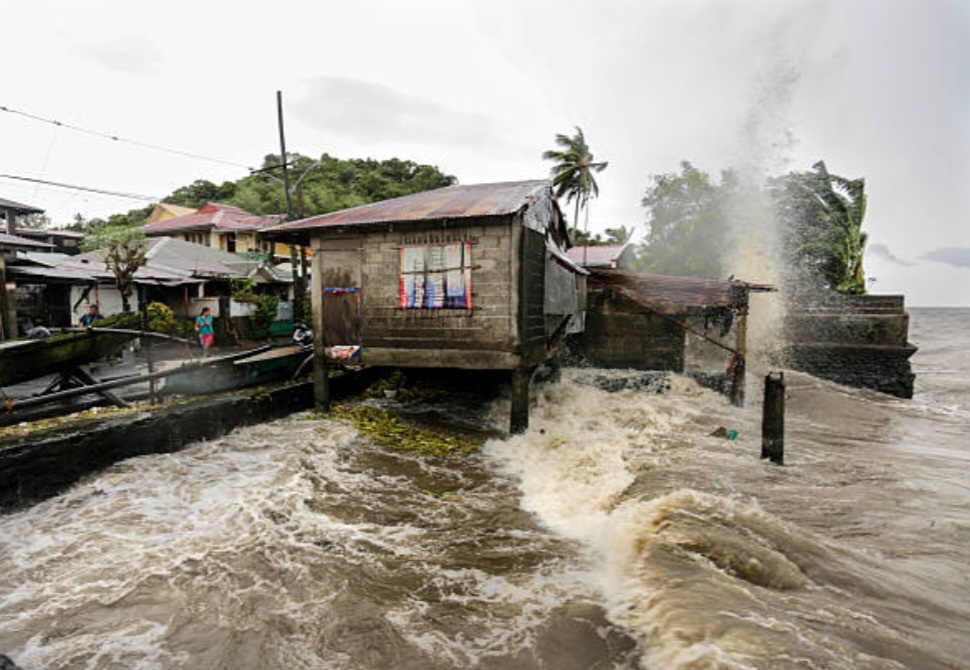
Crystal Dike
Typhoon Fung-wong has made landfall in the Philippines, forcing the evacuation of more than 900,000 people and leaving at least two dead as the powerful typhoon unleashed destructive winds, torrential rain, and dangerous storm surges across Luzon.
The storm struck the eastern province of Aurora in Luzon — the country’s most populous island — at 21:10 local time (13:10 GMT) on Sunday, with sustained winds of 185 km/h (115 mph) and gusts of 230 km/h (143 mph). By 02:00 Monday, Typhoon Fung-wong had weakened slightly but remained a major threat as it moved over La Union in western Luzon.
The Philippine meteorological agency described Typhoon Fung-wong as “very intense,” warning of destructive winds and a “high risk of life-threatening” storm surges. More than 200mm of rainfall is forecast for parts of Luzon, with 100–200mm expected in Metro Manila, raising fears of widespread flooding and landslides.
Known locally as Uwan, Typhoon Fung-wong arrived just days after Tropical Storm Kalmaegi devastated parts of the country, killing nearly 200 people and leaving over 100 missing. Officials said the new typhoon has disrupted rescue and recovery efforts still underway in several provinces.
In Catbalogan City, firefighters recovered the body of a woman trapped under debris, while one person drowned amid flooding triggered by Typhoon Fung-wong. Almost 300 domestic and international flights have been cancelled, and several airports remain closed due to the typhoon’s impact.
Eastern regions began experiencing heavy rains and strong winds on Saturday evening, prompting early evacuations in low-lying and coastal communities. In Aurora’s Sabang Beach, hotels were deserted by Sunday morning as police enforced evacuation orders ahead of Typhoon Fung-wong’s landfall.
“We felt very worried because of the strength of Typhoon Fung-wong, and we have young children to think of,” said evacuee Jessa Zurbano, who sought shelter in a sports centre in central Aurora.
Another resident, Patry Azul, said: “Our house is made of wood and flimsy materials. We live close to the sea so we didn’t feel safe when Typhoon Fung-wong approached.”
The Philippine Civil Defence Office reported that thousands have taken refuge in temporary shelters. In Aurora alone, more than 200 residents are being housed in evacuation centres as Typhoon Fung-wong continues to sweep across Luzon.
In Vietnam, where Tropical Storm Kalmaegi also caused destruction, at least five people died as strong winds uprooted trees and tore off roofs.
The Philippines, located within the Pacific typhoon belt, is among the world’s most disaster-prone countries. On average, 20 tropical cyclones form in the region each year, about half of which directly affect the archipelago.
While climate change may not increase the overall number of storms, scientists warn that warmer oceans are intensifying systems like Typhoon Fung-wong, leading to stronger winds, heavier rainfall, and greater risks of coastal flooding across the Philippines and the wider region.
